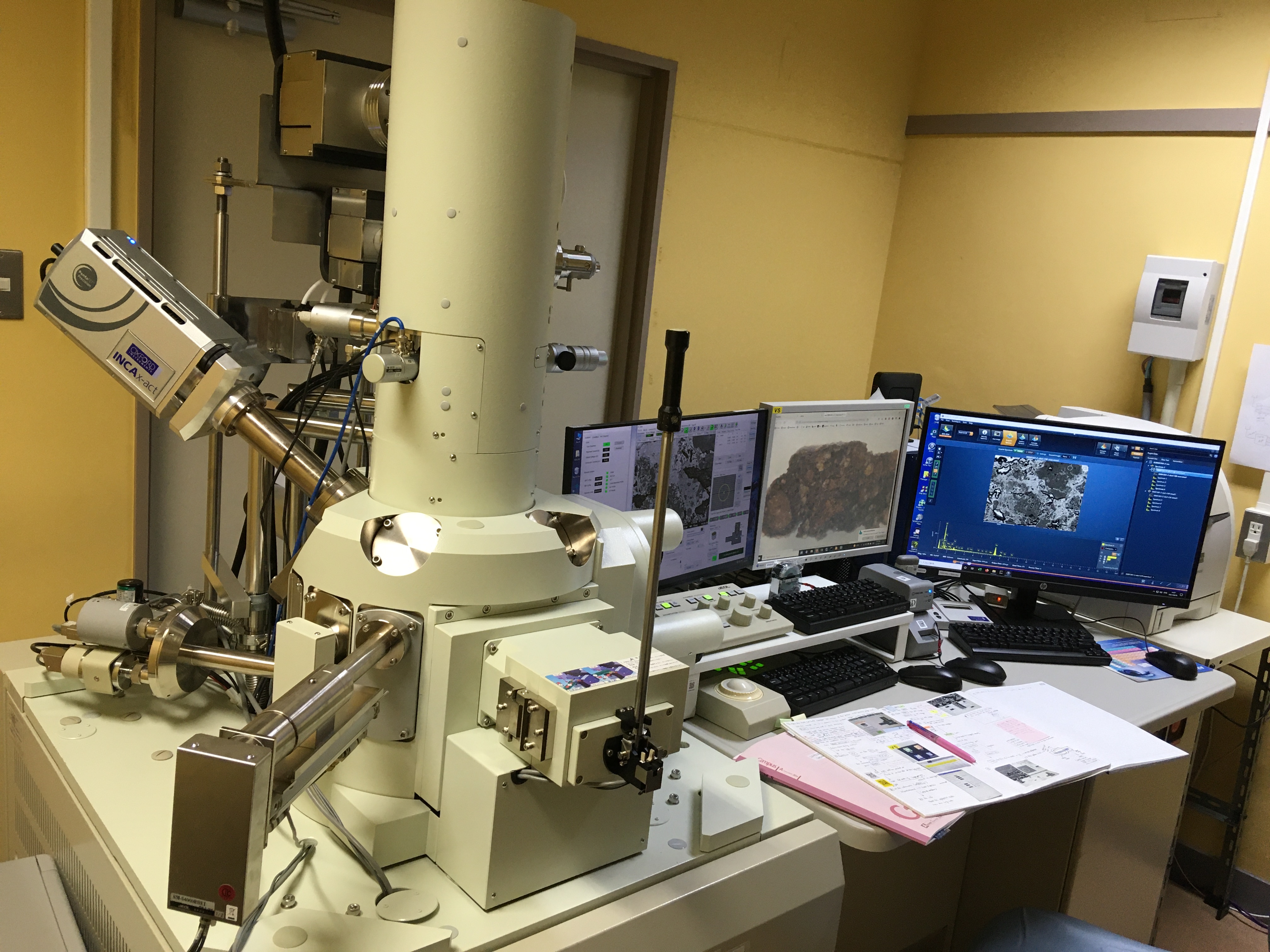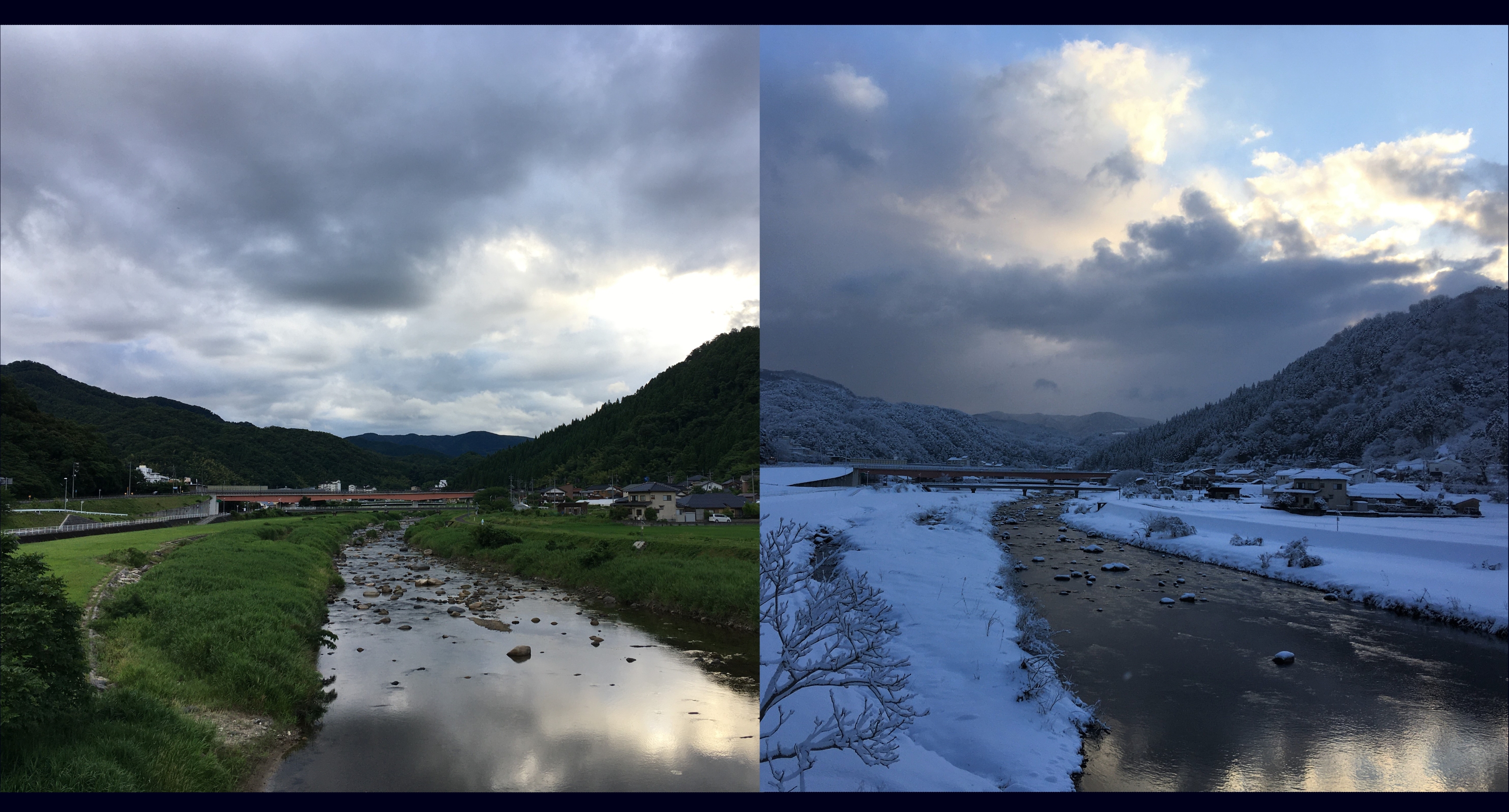Essay by Dr. Nurcan Küçükarslan
03/10/2023
- Nurcan Kucukarslan (2023) Early Efforts for Iron Production in Central Anatolia: Geochemical Analysis of Iron-rich Stones, Slags and Metal Objects from the Bronze Age in Kaman-Kalehöyük (Turkey).
-
Related paper: Kucukarslan et al. (2023) Early Efforts to Smelt Iron in Central Anatolia: Analysis of Iron Artefacts from the Bronze Age in Kaman-Kalehöyük, Microstruct. Anal., (2023),
doi:10.1007/s13632-023-00935-5.
Highlight of thesis
I am from Turkey, and completed my MA in Archaeology back there. I had a chance to join the Kaman-Kalehöyük and Yassıhöyük excavations, which are conducted by the Japanese Institute of Anatolian Archaeology. One of the significant findings from Kaman-Kalehöyük is the group of iron artefacts from Early Bronze Age (EBA) and Middle Bronze Age (MBA) (ca. 2300-1400 BC). Copper was the most common metal source to exploit for metal products during the Bronze Age whereas iron started to be widely produced much later in the Iron Age (ca. 1200-430 BC). Furthermore, this group of iron finds includes ancient iron-rich stones, slags and iron objects which could represent different stages of iron production. Therefore, such early iron finds raised two important questions: if iron production could be traced back earlier, and if the Anatolian people started to process iron-rich sources locally or an outsider group brought their technique and started the iron history in Anatolia. To find answers to these questions, the ancient iron samples and the samples from local and non-local iron sources (Kazakhstan region) were analyzed to understand their origin and technology behind. For this purpose, the analyses using optical microscope, SEM-EDS, and Raman spectroscopy were performed to examine the texture and chemical compositions of the dominant phases in the samples. To reach some clues about the origin of the ancient iron finds, trace element abundances and Pb-Sr-Nd isotopic compositions of the samples were analyzed by using ICP-MS and TIMS. As a final step, all the geochemical data obtained from the analyses was integrated with the archaeological information. Consequently, it was determined that most of the iron-rich stones were sourced locally. Furthermore, the formation of metallic iron was recognized in the slag samples from EBA. The traces of earliest forge-welding technique were also observed in the MBA iron objects. All these findings suggested that the ancient metalworkers achieved iron smelting during the EBA and improved their smithing skills at the MBA in Central Anatolia.

Life in our laboratory
The multi-disciplinary approach was adopted throughout my PhD study in PML. During my research, as an archaeologist coming from a different discipline, the professors and lab technicians always encouraged me to learn how to apply the geochemical methods on the ancient artefacts precisely, to obtain data reliably, and to evaluate the results from different perspectives. Indeed, PML helped me to enlarge my view and obtain a critical eye on the research. I had a unique opportunity to analyze the archaeological materials by using a variety of instruments, which enabled us to obtain more data and reach more clues about the hidden world inside the ancient artefacts. Besides the hard work, the life in Misasa where PML is located is so peaceful and enjoyable. That was the scenery, which welcomed me every day when I was going to the lab, and it was always beautiful in every season.
